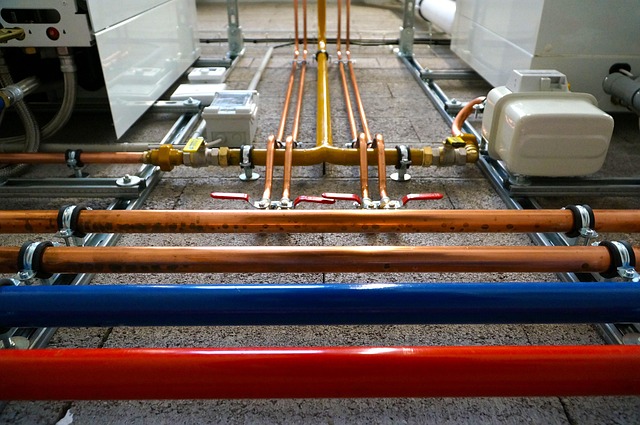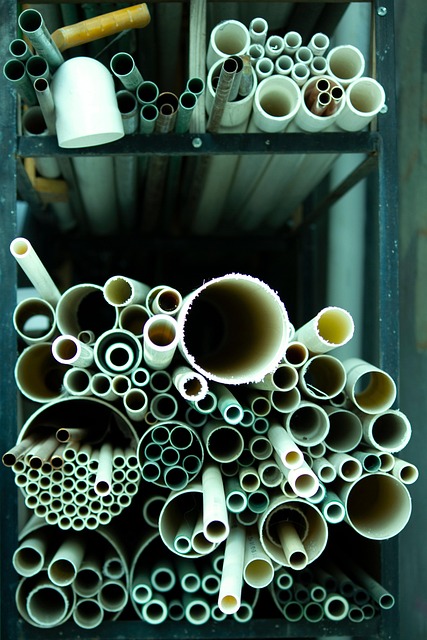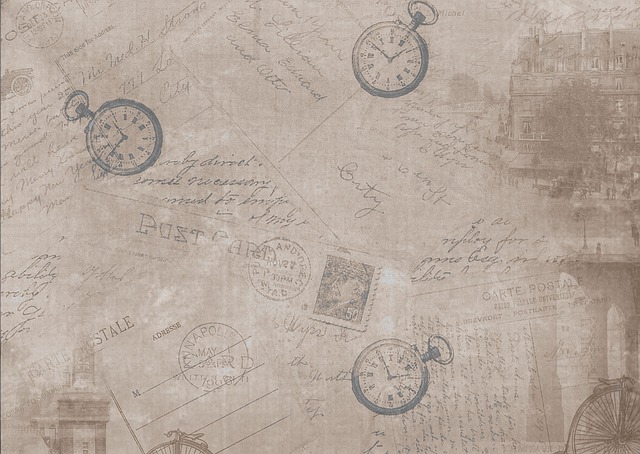Adopting water-efficient fixtures like low-flow showerheads and aerated faucets preserves Earth's resources, reduces utility bills and greenhouse gas emissions, and ensures sustainable use for future generations. Focus on high-usage areas, select products with recognized efficiency standards (e.g., WaterSense), and strategically place appliances for optimal water conservation.
Looking to reduce your water footprint and contribute to a sustainable future? Installing water-efficient fixtures and appliances is an effective step towards conservation. This article guides you through the process, from understanding the benefits of water efficiency to selecting the right fixtures for your home or business. We’ll provide practical installation tips ensuring optimal water savings without compromising performance. Embrace water-efficient solutions and make a tangible difference in water conservation efforts.
- Understanding Water Efficiency: Benefits and Impact
- Choosing the Right Water-Efficient Fixtures
- Installation Tips for Optimal Water Conservation
Understanding Water Efficiency: Benefits and Impact

Water efficiency is more than just a trend; it’s a crucial practice for preserving our planet’s precious resources. By adopting water-efficient fixtures and appliances, homeowners and businesses can significantly reduce their water consumption without compromising on performance. This simple step has a profound impact on the environment by decreasing water demand, which in turn helps to conserve this vital resource for future generations.
The benefits of water-efficient technology are twofold: it conserves water, leading to lower utility bills, and reduces energy usage, cutting down on greenhouse gas emissions. Many modern water-efficient fixtures, such as low-flow showerheads and aerated faucets, offer the same or even improved user experience while using far less water than traditional models. This means you can still enjoy a refreshing shower or a spotless kitchen without contributing to wasteful water practices.
Choosing the Right Water-Efficient Fixtures

When considering water-efficient fixtures, it’s essential to choose products that align with your specific needs and plumbing setup. Start by evaluating your existing infrastructure—for example, whether your pipes support low-flow technologies like aerators or pressure-reducing valves. Look for fixtures labeled with recognized water efficiency standards, such as WaterSense, which ensures they meet specific performance criteria.
Consider the types of fixtures you regularly use, such as toilets, faucets, and showerheads. Toilets, for instance, can account for a significant portion of household water usage. Opting for a WaterSense-certified toilet with an efficient flush system—like dual-flush or pressure-assisted models—can yield substantial savings. Similarly, low-flow aerators and high-efficiency showerheads not only reduce water consumption but also maintain adequate water pressure, ensuring a satisfying user experience.
Installation Tips for Optimal Water Conservation

When installing water-efficient fixtures and appliances, proper placement and alignment are key for optimal water conservation. Ensure all fixtures, from faucets to showerheads, are securely fitted with the right pressure balance valves. This prevents water wastage due to excessive flow or pressure. Additionally, use aerators on faucets and showerheads to mix air with water, reducing usage without compromising on pressure.
For appliances like washing machines and dishwashers, position them strategically within easy access for efficient loading. Ensure proper sealing around doors and hoses to prevent leaks. Regular maintenance, such as cleaning filters and checking for any damage or leaks, can significantly enhance their water efficiency. Remember, each small step towards installing water-efficient fixtures contributes to a substantial reduction in overall water consumption.
